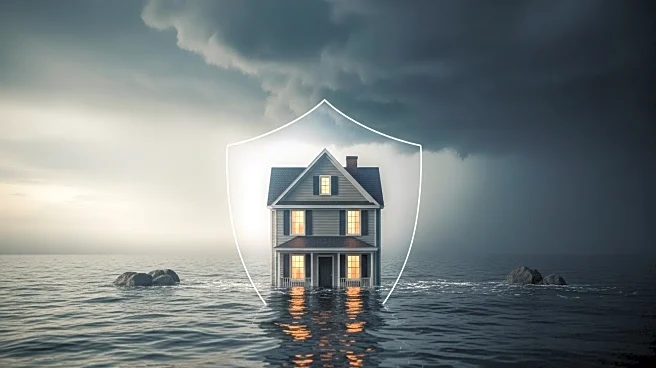What's Happening?
A growing number of American homeowners are considering foregoing homeowners insurance due to rising costs and limited options, driven by increasing climate-related risks. The insurance industry is strained as insurers raise rates and withdraw from high-risk areas, leaving homeowners with difficult decisions and potentially no coverage. This situation affects $12.7 trillion worth of U.S. real estate, with significant implications for home equity and property values.
Why It's Important?
The rising insurance costs and limited availability are reshaping the real estate market, particularly affecting high-risk areas like California. Homeowners without insurance coverage face increased vulnerability to climate-related events, which can lead to distressed properties and negatively impact neighborhoods. This situation exacerbates wealth disparities and affects property values and lending practices. The issue highlights the need for increased awareness of disaster risks and insurance coverage in real estate transactions, particularly among younger buyers like Gen Z.
What's Next?
As climate risks continue to grow, there is a pressing need for proactive measures and informed decision-making by homeowners, insurers, and policymakers. Industry intervention may be necessary to address the evolving landscape of homeowners insurance and property protection. Stakeholders must consider strategies to improve insurance affordability and availability, ensuring that homeowners are adequately protected against climate-related risks.

